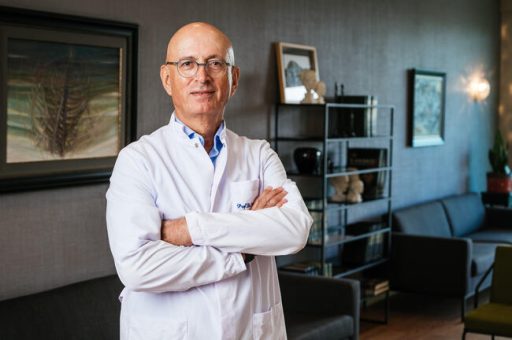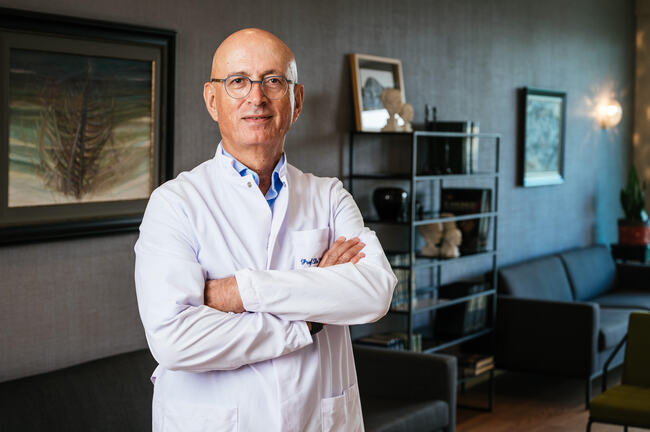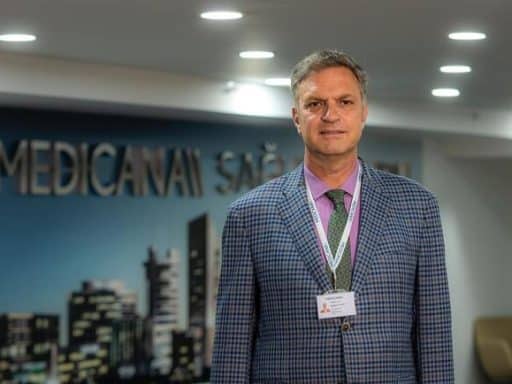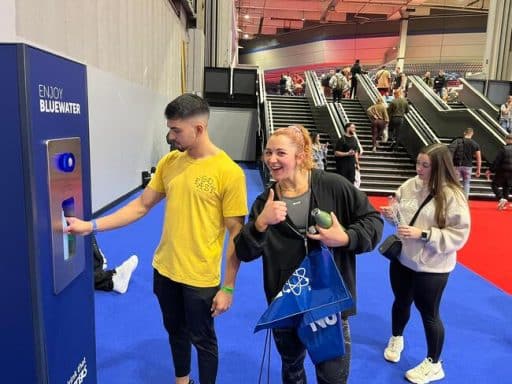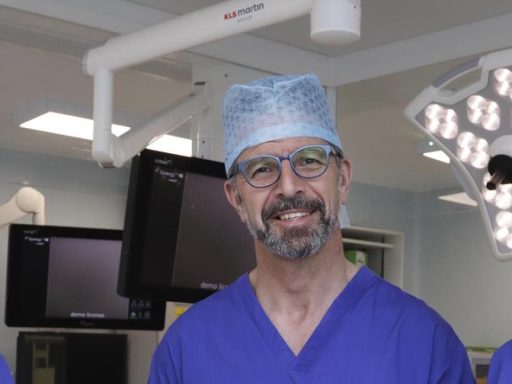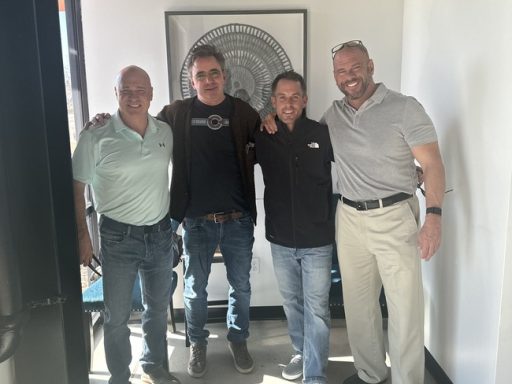Prof. Dr. Yunus Aydın is at the cutting edge of spinal healthcare, delivering outstanding medical expertise and pioneering advancements in the treatment of back pain through his extensive experience and unwavering dedication to spinal surgery.
With an impressive record of over 2800 aneurysm surgeries and more than 400 AVM treatments, Prof. Dr. Yunus Aydın is known for his personalized approach to healthcare, prioritizing patient welfare and satisfaction throughout their treatment and recovery process.
Aydın’s Revolutionary Techniques in Spinal Surgery
The revolutionary techniques in spinal surgery developed by Prof. Dr. Yunus Aydın constitute a major breakthrough in the treatment of spinal conditions, offering targeted interventions for spinal stenosis and spinal cord compression without the need for metallic implants, thus significantly minimizing tissue disruption. This approach includes outpatient services for disc herniations, non-invasive strategies for cervical disc herniation, and comprehensive treatments for spinal canal stenosis resulting from cervical calcification.
Utilizing a unilateral approach for bilateral decompression in cases of spinal stenosis, Prof. Dr. Yunus Aydın has adeptly applied this technique in over 4,000 instances across 23 years. “Our goal is to preserve the natural structure and mobility of the spine while providing more room to squeezed spinal nerves,” he articulates. He discusses the prevalence of spinal stenosis in senior populations and the conventional reliance on instrumented surgical methods, which involve extensive, invasive procedures that extend the patient’s recovery time. He advocates for shorter, less invasive procedures for older patients to decrease postoperative complications, stressing the critical importance of prompt postoperative mobility.
“By using a unilateral approach, on the symptomatic side, we can decompress the spinal canal stenosis and clean disc herniations effectively, minimizing the risk of ‘Adjacent Segment Disease’ and ensuring a faster return to normal life for our patients.” This technique is also capable of treating multi-level stenosis through a singular incision, without undermining the structural stability of the spine.
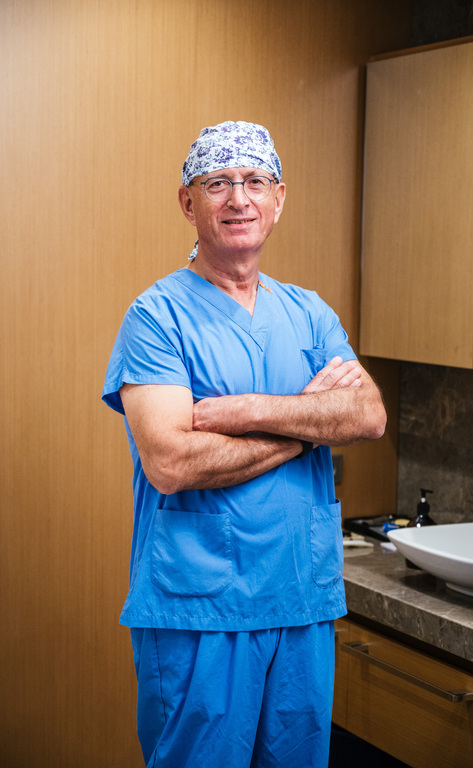
Creating Natural Pathways Along the Spinal Side
For spinal stenosis treatment, Prof. Dr. Yunus Aydın has developed an innovative technique that avoids the complications commonly associated with traditional screw and rod systems. While effective for treating traumatic fractures or spinal issues related to tumors, these conventional methods can alter the spine’s biomechanics, potentially requiring additional surgeries.
With a rich background of more than 10,000 surgeries, Prof. Dr. Yunus Aydın’s method involves establishing a natural pathway on one side of the spine to perform essential surgeries without compromising spinal stability. This technique ensures the preservation of joint flexibility and eliminates the risk of adjacent segment disease, with most patients being discharged within a day of their spinal operation.
Facilitating Speedy Recovery Through Minimally Invasive Techniques
“The key to successful spinal surgery lies in respecting the integrity of the spine’s supporting structures,” Prof. Dr. Yunus Aydın emphasizes. By employing cutting-edge surgical instruments such as the high-speed drill and Kairison bone cutter, these surgeries can be conducted in a less invasive way, reducing blood loss and improving efficiency. Moreover, by retaining the yellow ligament during microdiscectomy, the operation minimizes tissue damage, thus decreasing the potential for nerve adhesions and the risk of failed back surgery syndrome.
Patients who undergo these advanced spinal surgeries can expect significantly shorter stays in the hospital, with many being discharged either on the day of surgery or the following day. Nearly all patients are able to return to their daily routines within 15 days, showcasing the minimally invasive nature of these surgical interventions.

